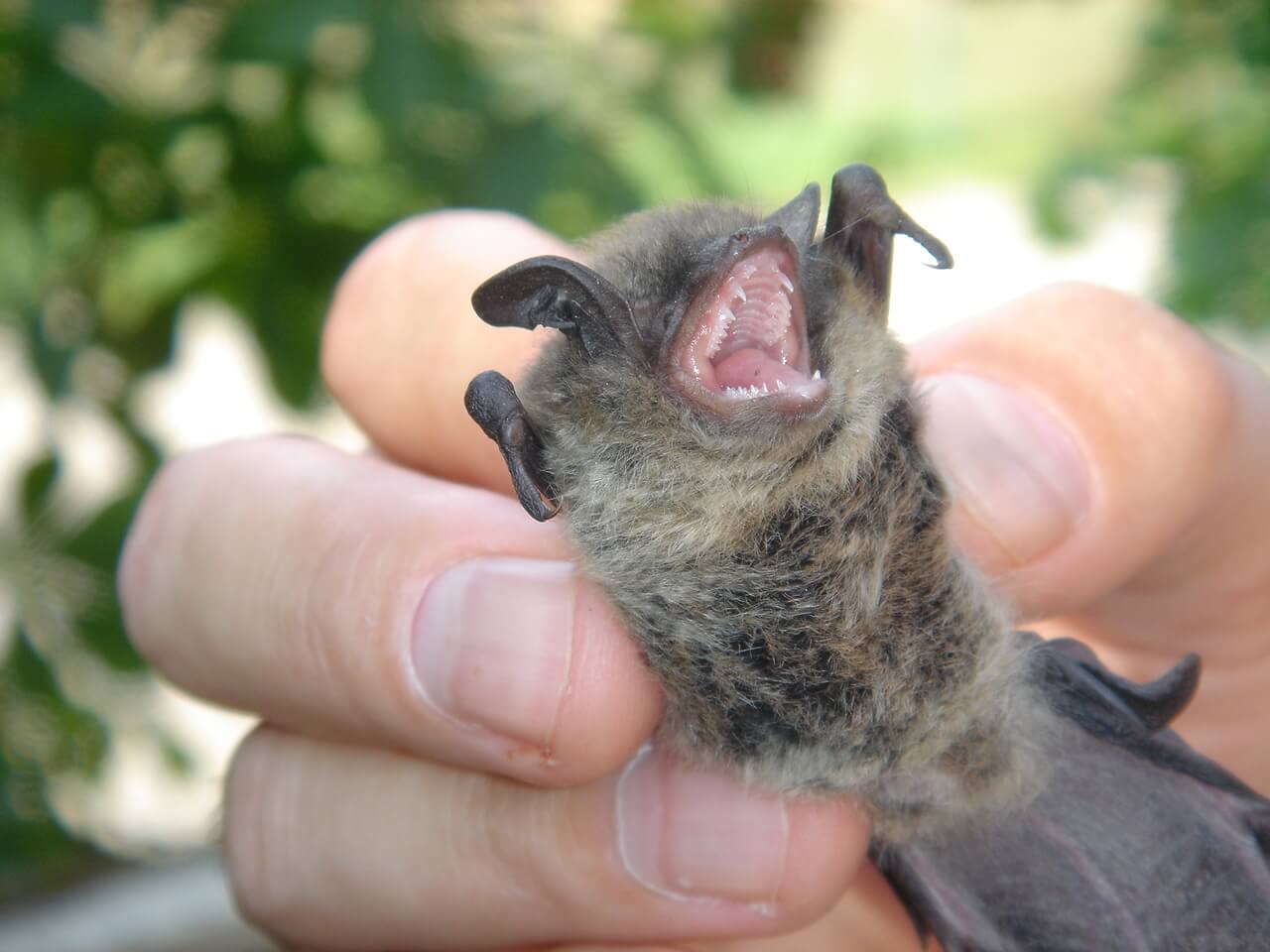Perhaps no family of animals has been so closely associated with horror films as bats. Maybe it’s because of their nocturnal tendencies, creepy vocalizations or unique appearances, but bats have certainly earned an unfairly negative reputation in the media. While it can be a hassle to host a colony of flying creatures in your house, recent science has made a good case for keeping bats in the environment. When looking for the best bat removal Oakville has to offer, keep in mind that humane removal is preferable, as the following myths regarding bats are false.
Bats Are Blind
The myth that bats are blind probably comes from the fact that they are usually active at night, and therefore have less use for vision. While it is true that bats use echolocation, a sound-based navigation technique to locate prey, they are perfectly capable of seeing visible light. There are a few cave-dwelling species that have indeed lost the ability to see over millions of years of evolution. Bats, however, have neither been in the dark nor in genetic isolation for nearly long enough to have lost the use of their eyes. Because they do need to see to avoid certain environmental hazards, they will likely retain their vision for millennia to come.
All Bats Drink Blood
Bats have attained a special kind of monster status in Hollywood as a direct result of the proliferation of vampire films. This has led to a common misconception that bats should be avoided at all costs because they are hungry for blood. Though vampire movies are rooted in a tiny kernel of truth, there are many interesting and diverse species of these winged mammals worldwide, and the vast majority don’t drink blood.
Vampire bats can be divided into three separate species, whose Linnaean names are Desmodus rotundus, Diphylla ecaudata and Diaemus young. These species mostly prey on sleeping outdoor mammals and consume only a small quantity of blood when feeding. They are mostly found in Central and South America, so those living in North America are unlikely ever to see one in the wild. Because humans tend to sleep in areas that are inaccessible to bats, even those living in vampire territory are extremely unlikely to be bitten.
Bats Are Invasive Pests
Unfortunately, many people still harbour the antiquated sentiment that some animals are destructive pests, while others are beneficial. In reality, as long the presence of an animal doesn’t upset the balance of the local ecosystem, it isn’t a pest. In places where they are common, bats perform the critically important service of eliminating vast quantities of biting insects, including mosquitos. Worldwide, mosquitos cause more harm to humans than any other animal, so you should thank a bat the next time you see one.
Bats Are a Common Cause of Rabies
Bats have long been associated with rabies, but only a small portion of an entire population may be infected with rabies at any given time. Only around six percent of animals sent to laboratories, and a much smaller portion of the overall population, is likely to be considered rabid upon testing. Because bats do not go out of their way to bite people, bites result in only zero to two deaths per year from rabies.
Bats are interesting, adaptable and ecologically valuable, but you would probably prefer if they don’t roost in your house. Because they can reach incredibly high places and squeeze into holes little bigger than a dime, many homeowners find that taken up residence in their homes unnoticed for extended periods. Fortunately, once you have located an infestation, a wildlife control professional can remove nested animals. For humane and efficient removal, contact our Skedaddle Wildlife Control team in Oakville today.




